Phlox varieties come in a dazzling range of shapes, sizes, and colors. If you’re searching for a flower that can bring long-lasting color, fragrance, and charm to your garden, phlox might just be your perfect match.
Whether you’re designing a cottage garden, filling a shady border, or looking for bright annuals to refresh your flowerbeds, there’s a type of phlox for every gardener.
(Spoiler: the secret lies in knowing your sunlight, soil, and desired bloom time.)
Table of Contents
Why Choosing the Right Phlox Variety Matters
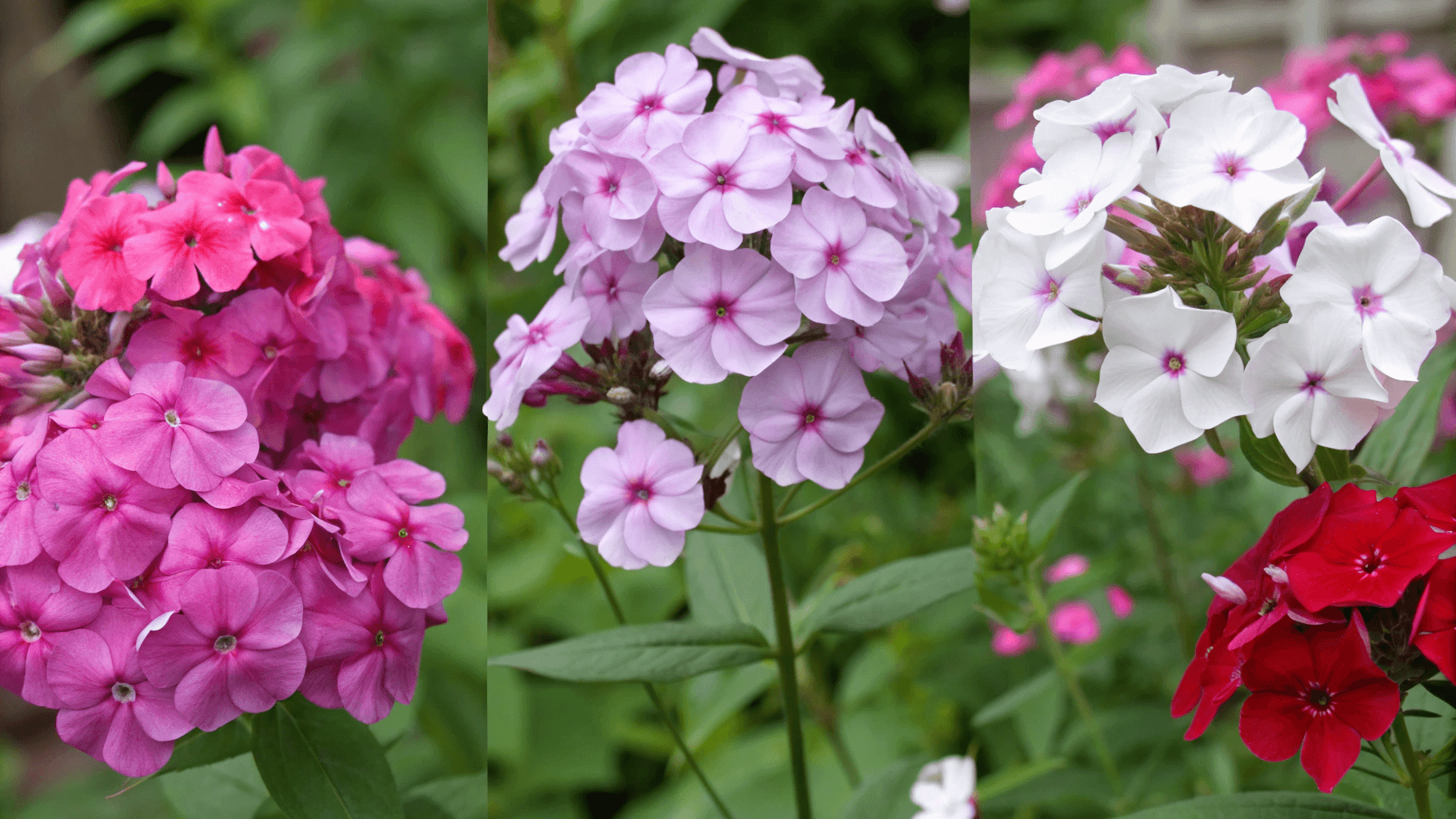
At first glance, all phlox might seem similar clusters of star-shaped flowers in pinks, purples, whites, and blues. But the differences between the varieties go far beyond looks.
Each type of phlox has its own growth habit, blooming season, and care needs, which means choosing the right one can make or break your garden’s success.
Here’s why variety matters:
- Bloom Time: Some phlox varieties start flowering as early as spring, while others bloom in midsummer or even late into fall. Selecting the right combination can give you months of continuous color.
- Height and Spread: Creeping phlox forms a low mat perfect for borders or slopes, while garden phlox can reach up to 4 feet tall, ideal for back borders or focal points.
- Sunlight Requirements: Some thrive in full sun, while others prefer shady woodland conditions.
- Maintenance Levels: Tall varieties may need staking and regular deadheading, while ground covers require minimal upkeep.
By understanding these differences, you can create a balanced garden design that’s both beautiful and easy to maintain.
Main Types of Phlox Explained
Phlox belongs to a diverse family of flowering plants native mainly to North America. Let’s break down the four main types you’ll find in gardens, each with its own distinct personality and growing style.
1. Creeping Phlox (Phlox stolonifera)
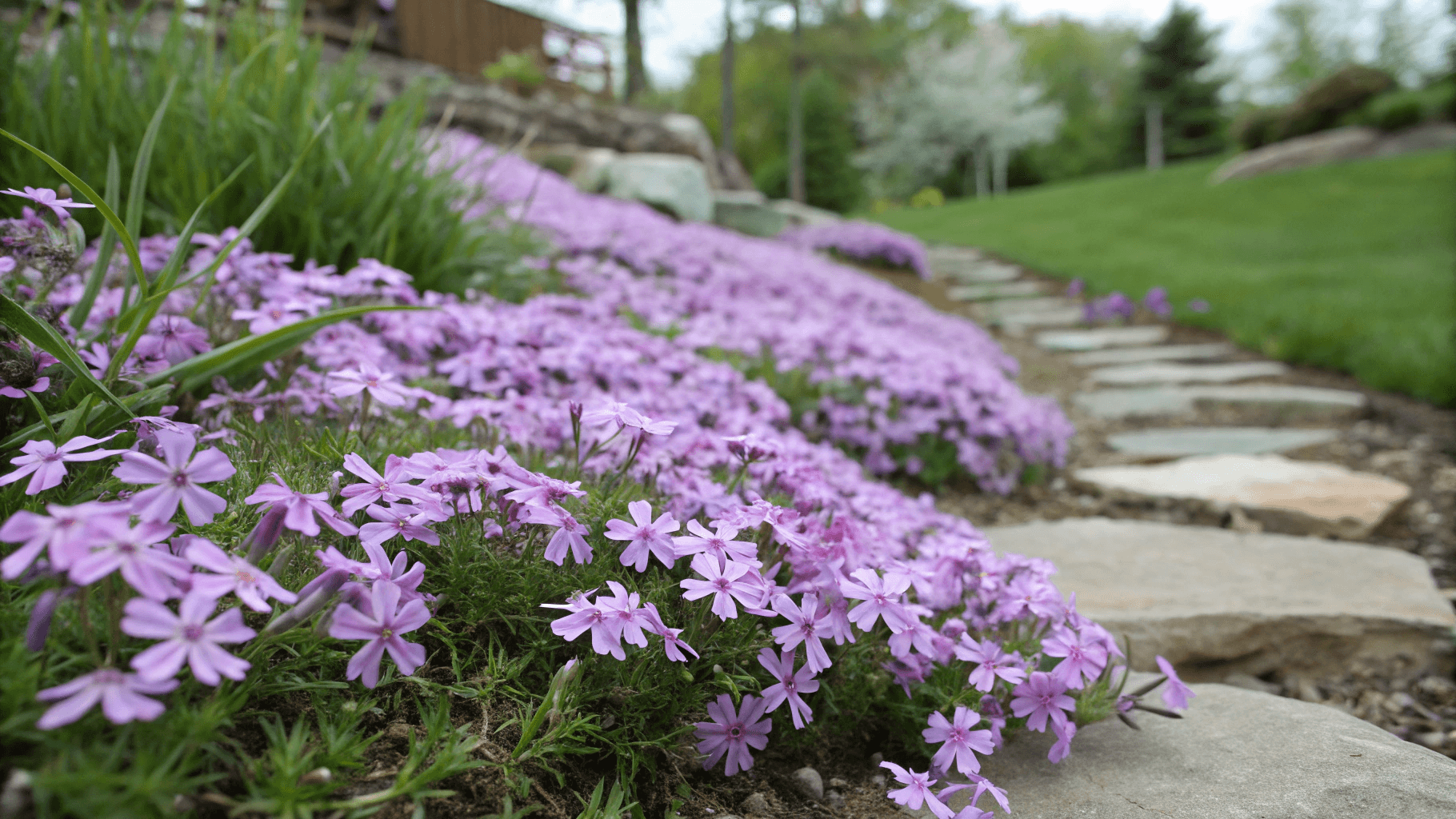
Perfect for: Ground cover, rock gardens, borders, and slopes
Bloom time: Early to mid-spring
Height: 4–6 inches
If you’ve ever admired a hillside blanketed in color during spring, there’s a good chance you were looking at creeping phlox. This low-growing perennial forms a dense mat of tiny, starry flowers that spread effortlessly over rocks or soil, creating a natural carpet of pink, lavender, white, or blue blooms.
Because of its evergreen foliage and early bloom time, creeping phlox is often used to fill in bare spots that would otherwise look dull after winter. It’s drought-tolerant once established and loves full sun, though it can tolerate a bit of partial shade.
2. Garden Phlox (Phlox paniculata)
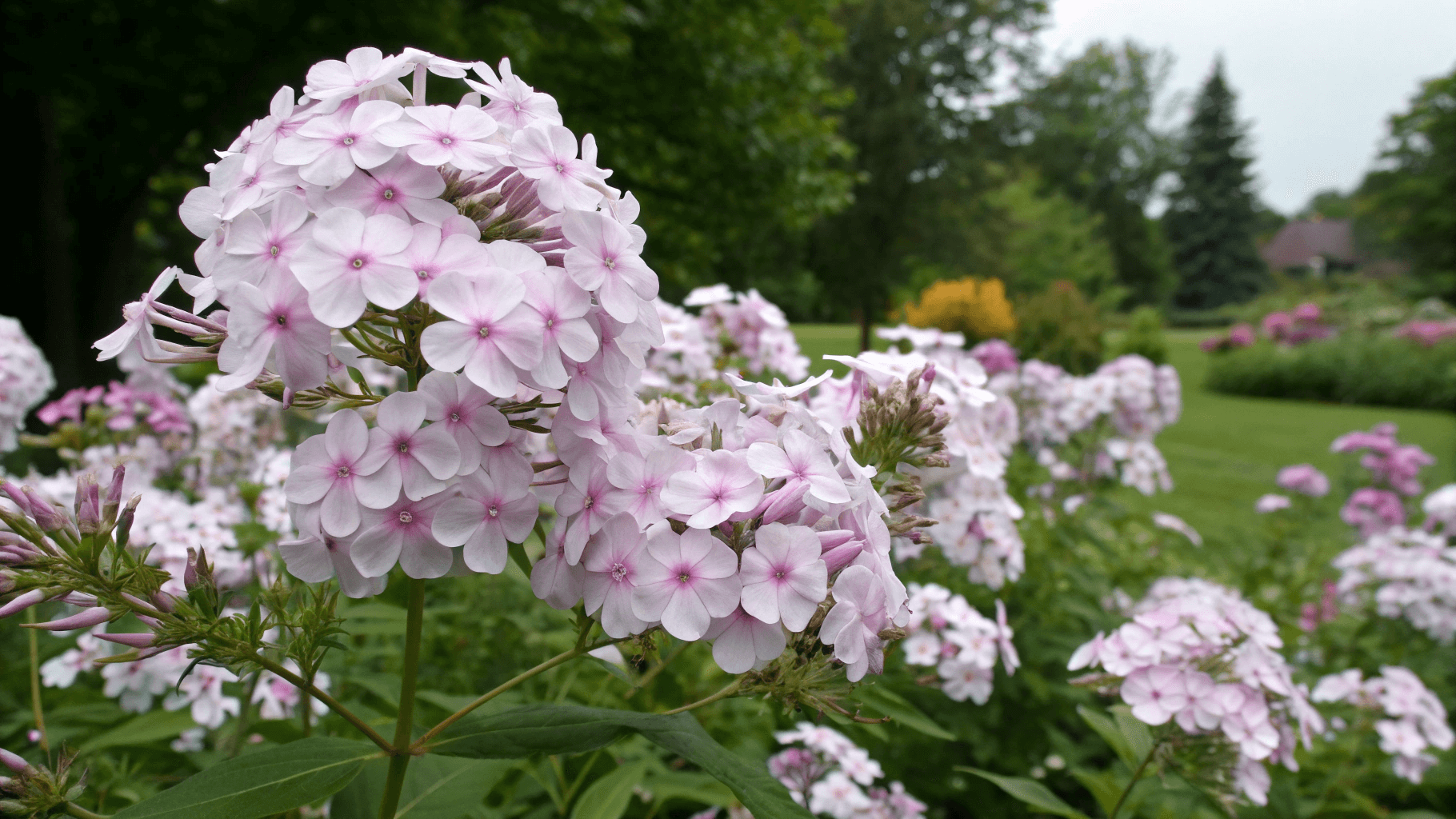
Perfect for: Cottage gardens, perennial borders, pollinator gardens
Bloom time: Mid- to late summer
Height: 2–4 feet
Garden phlox is the showstopper of the phlox family. With its tall, upright stems and large clusters of fragrant flowers, it’s a classic choice for adding height and drama to summer beds.
These perennials are particularly loved by butterflies and hummingbirds, and their long bloom period makes them a reliable star in any sunny border.
However, they do appreciate some care, mainly good air circulation and watering at the base to prevent powdery mildew. Varieties like ‘David’ (white) and ‘Laura’ (purple with white centers) are especially known for being mildew-resistant.
Plant garden phlox in full sun and rich, well-draining soil for the best results.
3. Woodland Phlox (Phlox divaricata)
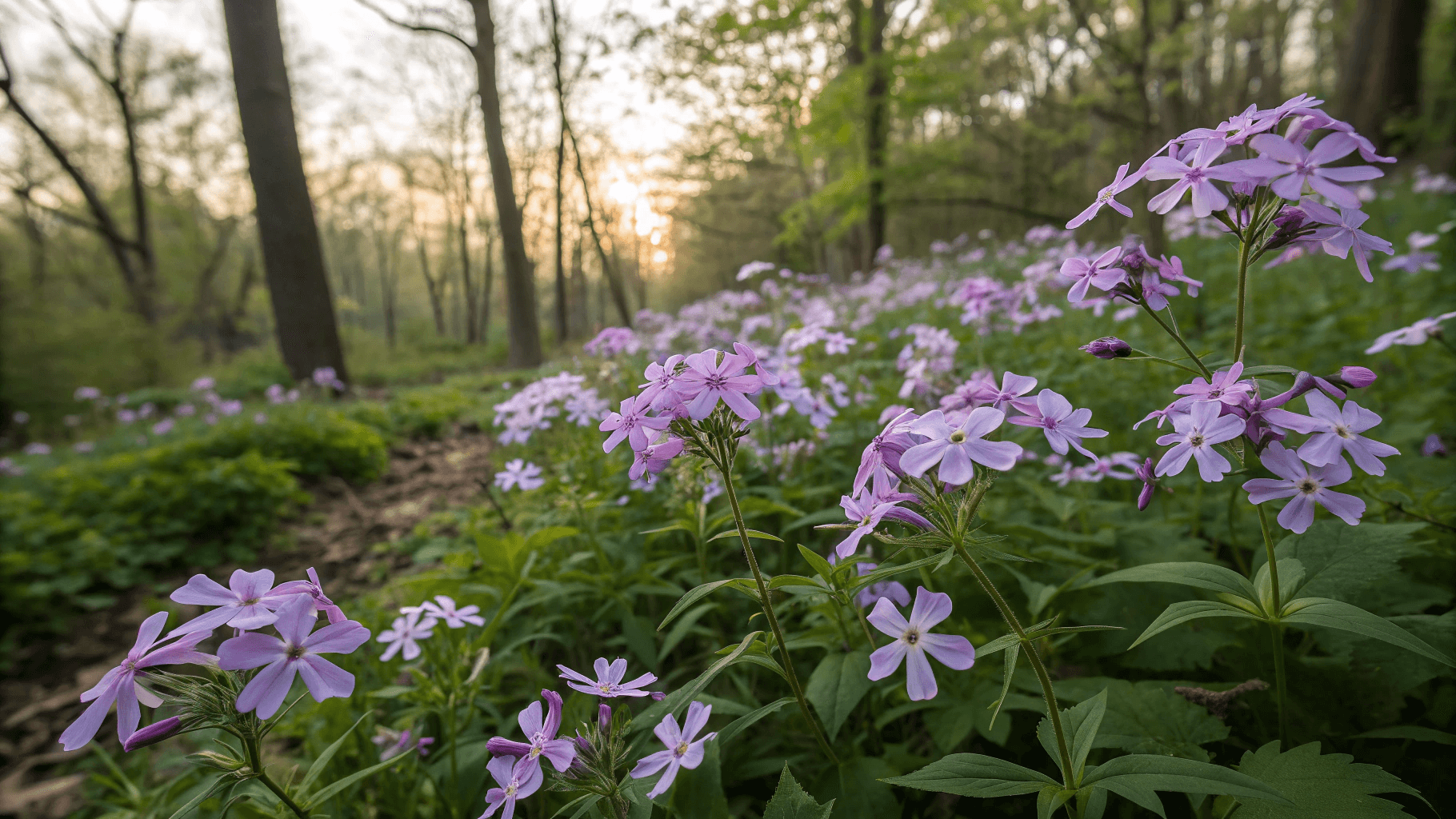
Perfect for: Shade gardens, woodland edges, naturalized plantings
Bloom time: Mid-spring
Height: 10–14 inches
For gardeners with partial or full shade, woodland phlox is a true gem. Sometimes called wild blue phlox or sweet william, this variety thrives under trees and in moist, rich soil where other flowers struggle.
Its soft pastel blooms usually in pale lavender, blue, or white add a dreamy touch to shady spaces. Unlike creeping phlox, woodland phlox has a looser, more delicate growth habit.
It pairs beautifully with ferns, hostas, and other woodland perennials, creating a naturalistic and serene garden vibe.
4. Annual Phlox (Phlox drummondii)
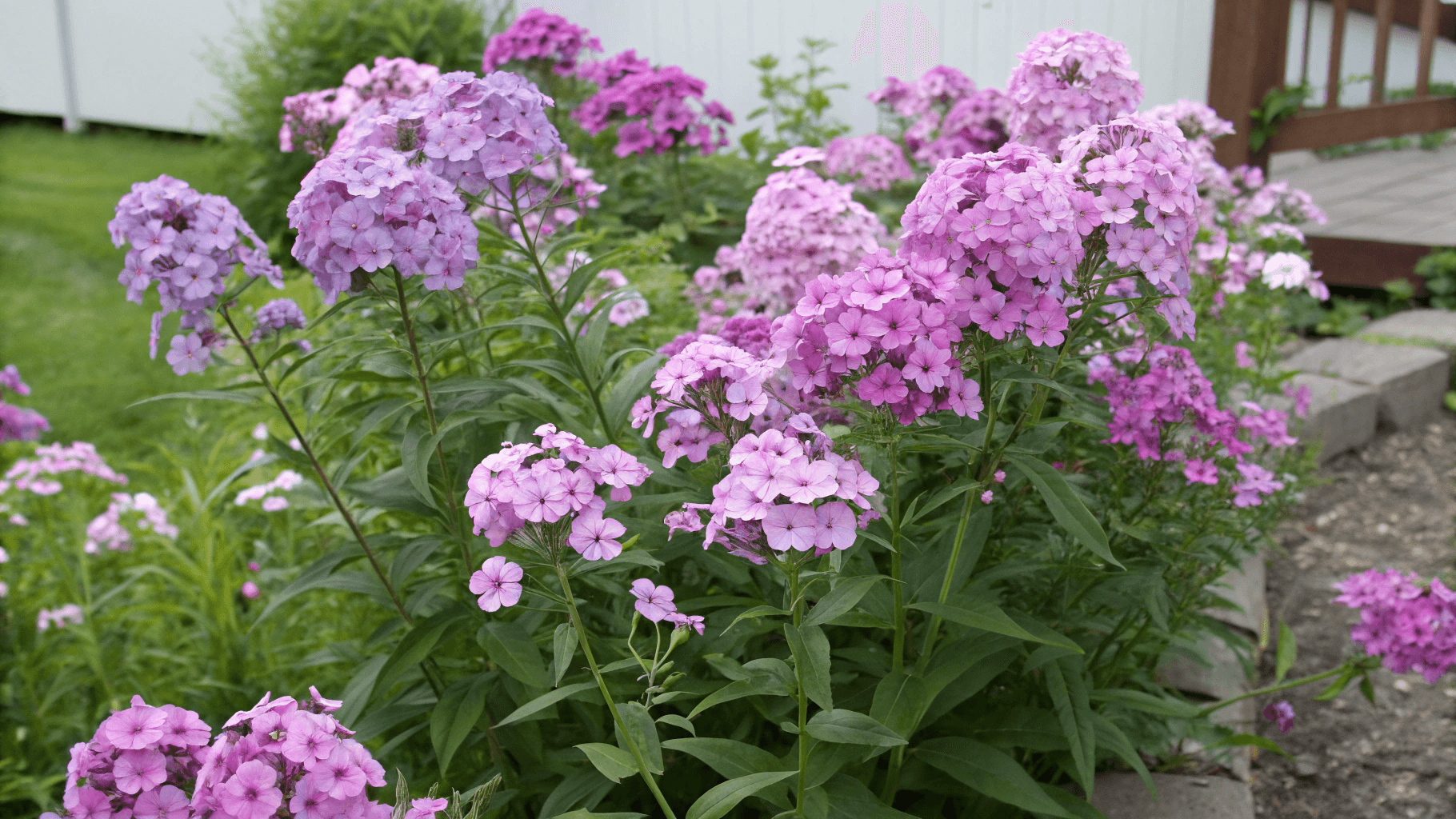
Perfect for: Containers, flower beds, quick seasonal color
Bloom time: Late spring to early fall
Height: 6–18 inches
If you love instant results, annual phlox (also known as phlox drummondii) is your go-to choice. Native to Texas, this annual species brings vibrant bursts of color that last all summer long.
Available in nearly every shade imaginable, scarlet, magenta, lilac, white, and even bi-color blends, annual phlox is incredibly easy to grow from seed and makes an excellent choice for containers, borders, or seasonal displays.
Because it completes its life cycle in one season, you can change up your garden’s look every year without commitment.
If you’re interested in exploring both perennial and annual types together, this guide on “How to Grow Phlox” explains exactly how to care for them in different conditions.
How to Choose the Right Phlox for Your Climate & Garden Type
When choosing your perfect phlox variety, think about your environment first. Each type thrives under specific conditions.
| Condition | Best Phlox Type | Tips |
|---|---|---|
| Full Sun, Dry Soil | Creeping Phlox | Excellent for slopes and rock gardens |
| Full Sun, Moist Soil | Garden Phlox | Keep soil evenly moist; watch for mildew |
| Partial Shade, Moist Soil | Woodland Phlox | Perfect for under trees or along shaded paths |
| Quick Seasonal Color | Annual Phlox | Grows fast and blooms continuously |
You can also mix varieties to extend the flowering season. For example:
- Start with creeping phlox for early spring color.
- Follow with woodland phlox for mid-spring beauty.
- Finish with garden or annual phlox for summer-long blooms.
This layering technique ensures color from April through September with minimal effort.
Popular Phlox Varieties by Color and Height
Phlox varieties are incredibly diverse, offering a color palette that works with almost any theme, from soft pastels to vivid neons. Here are some favorites to consider:
By Color
- Pink: ‘Candy Stripe’ (Creeping Phlox), ‘Bright Eyes’ (Garden Phlox)
- Purple/Lavender: ‘Blue Paradise’ (Garden Phlox), ‘Emerald Cushion Blue’ (Creeping Phlox)
- White: ‘David’ (Garden Phlox, mildew-resistant), ‘Snowflake’ (Creeping Phlox)
- Red: ‘Crimson Beauty’ (Annual Phlox), ‘Starfire’ (Garden Phlox)
- Mixed Colors: ‘21st Century Mix’ (Annual Phlox) – ideal for container displays
By Height
- Low-growing (4–6 inches): Creeping Phlox varieties like ‘Purple Beauty’
- Medium (10–14 inches): Woodland Phlox and short Annual Phlox cultivars
- Tall (2–4 feet): Garden Phlox such as ‘Nicky’, ‘Laura’, and ‘Coral Flame’
When combining them, aim for height layering shorter types in front, taller ones in the back. This not only improves visual depth but also ensures each plant gets adequate sunlight and airflow.
Where to Buy Quality Phlox Seeds or Plants
Finding healthy, true-to-type phlox plants or seeds makes a huge difference in your garden’s success. Here’s where to look:
- Local Garden Centers: The advantage of buying locally is that plants are already acclimated to your region’s conditions.
- Reputable Online Nurseries: Look for sellers specializing in perennials or native plants. They often provide detailed care instructions and ship nationwide.
- Seed Suppliers: For gardeners who enjoy growing from scratch, purchasing Phlox seeds online allows for more variety and control.
If you’re interested in starting from seed, visit “How to Grow Phlox from Seed” for detailed tips on sowing, germination, and transplanting to ensure strong, vibrant blooms.
Conclusion
Whether you dream of a lush summer border filled with fragrance, a spring hillside of color, or simply a cheerful container display, there’s a phlox variety for you.
- Choose creeping phlox for low, early-season ground cover.
- Pick garden phlox for tall, colorful drama in midsummer.
- Opt for woodland phlox to brighten shady corners.
- Try annual phlox for quick, easy color every year.
Each brings its own charm, and when combined thoughtfully, they can create a garden that changes beautifully through the seasons.

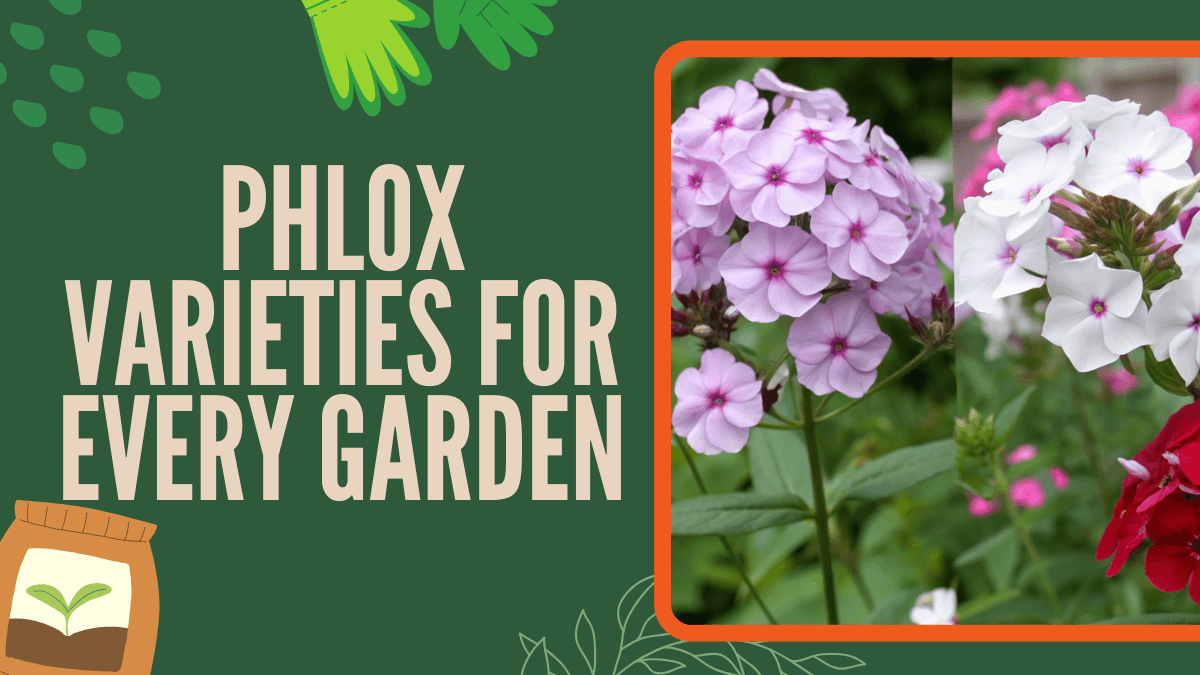
 ChatGPT
ChatGPT
 Perplexity
Perplexity
 Claude
Claude
Leave a Reply